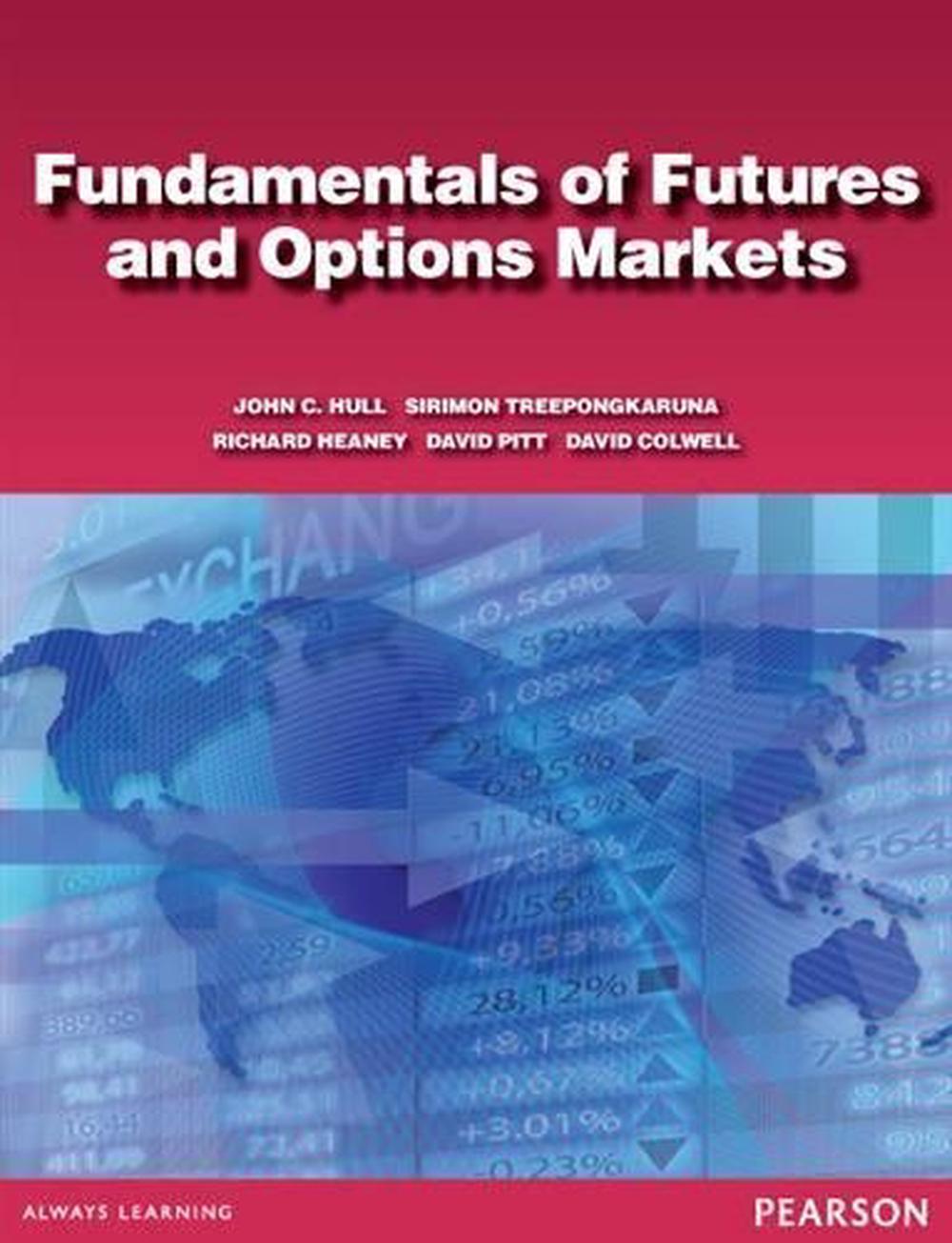Unlocking the Complex World of Energy Markets
Energy futures and options are financial instruments that allow traders to speculate on the future price of energy commodities like oil, natural gas, and electricity. Understanding the fundamentals of trading these instruments is crucial for anyone looking to navigate the complexities of the energy markets. This comprehensive guide delves into the intricacies of energy futures and options, empowering you with the knowledge and skills necessary to succeed in this dynamic trading environment.

Image: stockmarketsguides.com
Basic Concepts and Instruments
Futures Contracts: Futures contracts are legally binding agreements to buy or sell a specified amount of an underlying energy commodity at a predetermined price on a future date. Futures contracts provide a standardized way to manage price risk and speculate on future price movements.
Options Contracts: Options contracts grant the buyer the right, but not the obligation, to buy or sell an underlying energy commodity at a specified price within a certain period. Options contracts provide flexibility and allow traders to tailor their risk exposure to their specific trading objectives.
Key Market Participants: The energy futures and options markets consist of a diverse array of participants, including producers, consumers, speculators, and hedging firms. Each participant enters the market with unique objectives, influencing supply and demand dynamics.
Market Dynamics and Terminologies
Contango and Backwardation: The relationship between the spot price and futures prices plays a crucial role in market dynamics. In contango markets, futures prices are higher than spot prices, indicating an expectation of future price increases. Conversely, in backwardation markets, futures prices are lower than spot prices, signaling an expectation of future price decreases.
Open Interest and Trading Volume: Open interest refers to the total number of outstanding futures contracts, providing insight into market sentiment and liquidity. Trading volume measures the number of contracts traded during a specific period, indicating market activity and volatility.
Market Spread: The market spread represents the difference between the bid and ask prices for a futures or options contract. The spread reflects the liquidity and volatility of the underlying market.
Trading Strategies and Risk Management
Speculative Trading: Speculative traders seek to profit from price fluctuations by taking positions based on their predictions of future price movements. Volatility and historical price trends play a crucial role in speculative trading strategies.
Hedging Risk: Energy producers and consumers use futures and options to hedge against price volatility and reduce exposure to price fluctuations. Hedging strategies involve creating positions that offset the risks associated with changes in the underlying energy commodity’s price.
Risk Management Techniques: Implementing sound risk management practices is paramount in energy futures and options trading. Setting clear profit and loss targets, using stop-loss orders, and diversifying positions are essential for managing risk and preserving capital.

Image: www.ebay.com
Emerging Trends and Developments
Renewable Energy Impact: The growing deployment of renewable energy sources is transforming the energy landscape, affecting supply, demand, and price dynamics in energy markets. Traders must stay abreast of these developments to adjust their trading strategies accordingly.
Technological Advancements: Big data analytics, machine learning, and artificial intelligence are increasingly being applied in energy trading. These advancements enhance market analysis, optimize trading algorithms, and improve risk management capabilities.
Fundamentals Of Trading Energy Futures And Options Pdf
Conclusion
Navigating the complexities of energy futures and options trading requires a solid understanding of the fundamentals. By delving into the basic concepts, market dynamics, trading strategies, and risk management, you can unlock the vast potential of this dynamic trading environment. Embrace the opportunities and challenges presented by energy markets and embark on a rewarding trading journey with the knowledge and confidence gained from this comprehensive guide.






